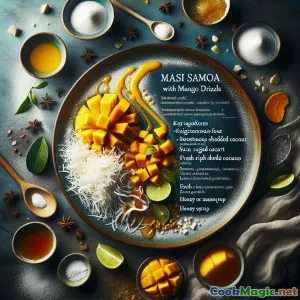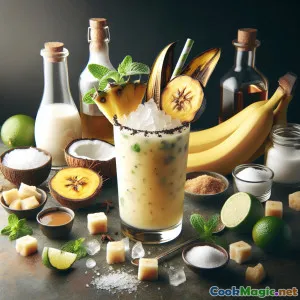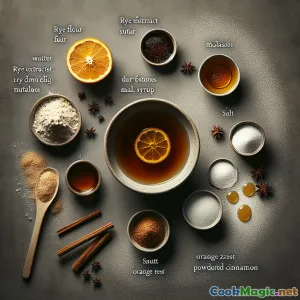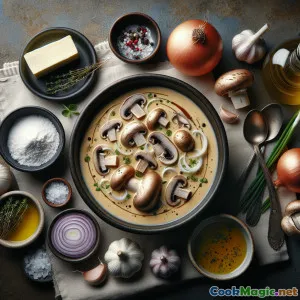Global Celebrations Through Food
6 min read Explore how food unites cultures in celebrations worldwide, showcasing unique seasonal dishes and festive traditions. April 04, 2025 18:45
Global Celebrations Through Food
Food is more than sustenance; it is a universal language that speaks to the heart of cultural identity and collective memory. Across the globe, seasonal and festive occasions are celebrated with special foods that carry deep meanings and traditions. This article embarks on a delicious journey, exploring how various cultures commemorate life's milestones through their culinary practices, revealing the rich tapestry of flavors and stories that unite us all.
The Significance of Food in Celebrations
At the core of any celebration, food serves as a symbol of togetherness, joy, and gratitude. Whether it's a wedding feast, a national holiday, or a religious observance, the dishes prepared and shared during these occasions often carry significant historical and cultural weight. Food becomes a vessel through which traditions are passed down, stories are shared, and communities are bonded.
Cultural Variations in Festive Foods
1. Diwali - India
In India, Diwali, the festival of lights, is celebrated with a plethora of sweets and snacks known as 'mithai.' These delicacies, ranging from rich milk-based sweets like gulab jamun to savory items like samosas, symbolize the victory of light over darkness. Families exchange sweets as a gesture of goodwill and togetherness.
2. Thanksgiving - United States
In the United States, Thanksgiving is synonymous with turkey, stuffing, and pumpkin pie. This holiday, rooted in gratitude and harvest, sees families gathering around a table laden with traditional dishes that represent abundance and the spirit of sharing.
3. Chinese New Year - China
During the Chinese New Year, food plays a pivotal role in the festivities. Dishes like dumplings (symbolizing wealth) and fish (representing surplus) are must-haves on the table. The act of sharing these foods is central to family reunions, reinforcing the importance of lineage and prosperity.
Unique Cooking Techniques for Celebratory Foods
Celebratory foods often involve unique cooking techniques that enhance flavors and create a sense of occasion. Here are a few:
-
Slow Cooking: Many cultures employ slow cooking methods to prepare festive meals, allowing flavors to meld together beautifully. Think of the rich, aromatic stews enjoyed during celebrations in various parts of Africa.
-
Deep Frying: In many cultures, deep-fried delicacies are a staple during festivals. For instance, falafel in Middle Eastern celebrations or beignets during Mardi Gras in New Orleans offer a crunchy, satisfying treat.
-
Baking: Holiday breads, such as panettone in Italy or stollen in Germany, are often baked with care and precision, showcasing the artistry of baking as part of the celebration.
Seasonal Ingredients as Celebration Focal Points
Seasonal ingredients often dictate the festive menus around the world. Utilizing fresh, local produce not only enhances the flavor of the dishes but also connects the celebration to the land and its cycles.
- Winter Holidays: Root vegetables, citrus fruits, and hearty greens dominate winter festivities, providing warmth and nourishment during colder months.
- Spring Celebrations: As spring arrives, fresh herbs, asparagus, and lamb feature prominently in dishes celebrating renewal and rebirth.
- Summer Fests: Summer brings a bounty of fruits and vegetables, leading to light, refreshing dishes that emphasize vibrant flavors and colors.
The Role of Food in Uniting Cultures
While the dishes may vary, the purpose of food during celebrations remains constant: to bring people together. Community feasts, potlucks, and shared meals highlight the importance of connection and collaboration across cultures. For instance, during Ramadan, iftar meals break the fast and are often shared with neighbors and friends, emphasizing unity and compassion.
Conclusion
In conclusion, food is at the heart of global celebrations, where each dish tells a story of heritage, love, and unity. As we explore the culinary traditions of different cultures, we are reminded that while our recipes may differ, the joy of sharing a meal is a universal celebration that transcends borders. So, the next time you gather around a table for a festive occasion, remember the rich tapestry of traditions that your meal represents. Celebrate not just the food but the stories and connections it fosters across the globe.









